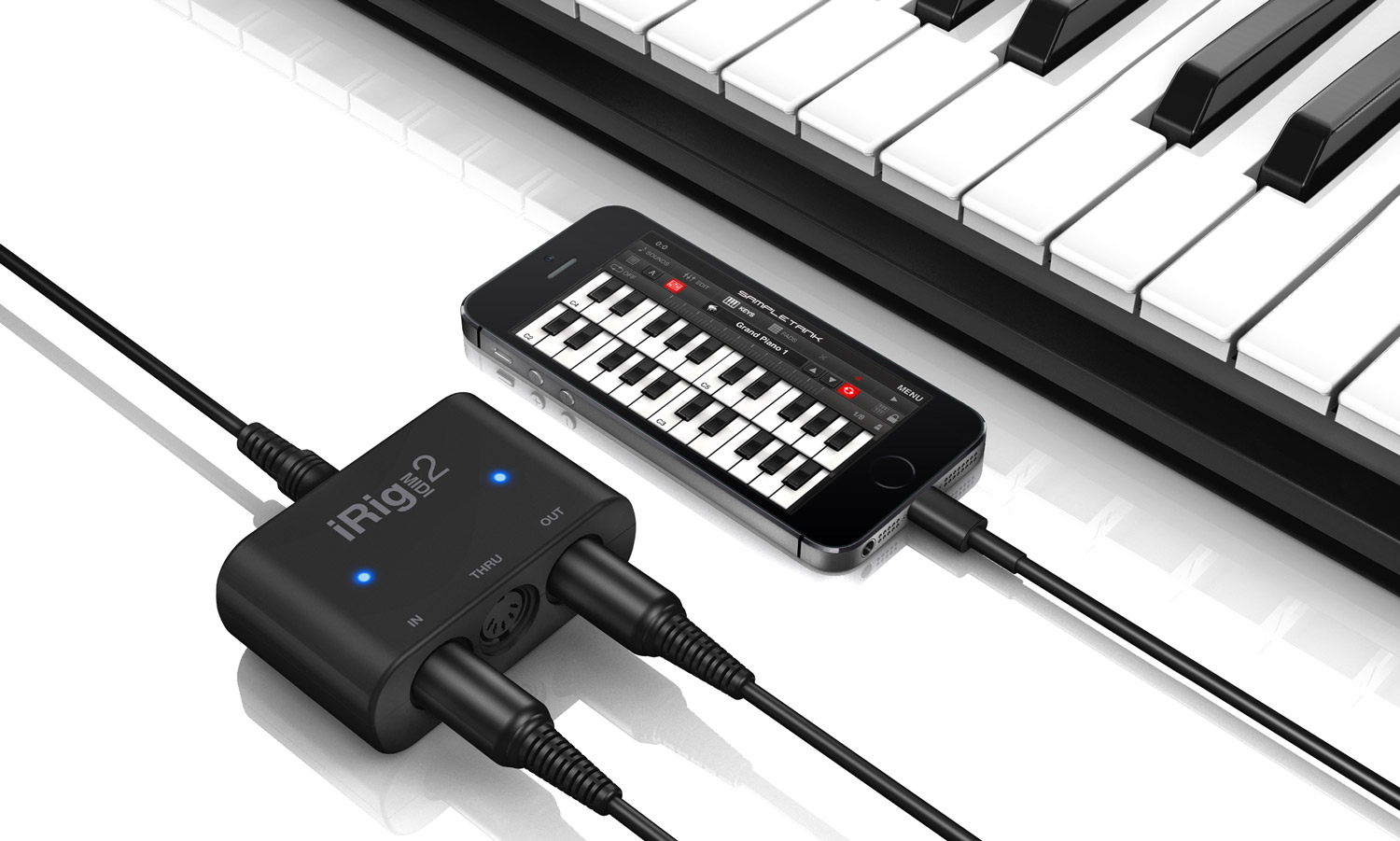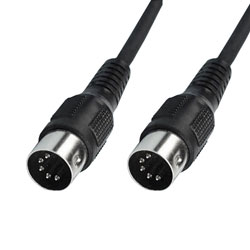

MIDI CABLE SOFTWARE
Once your computer has successfully recognized the USB to MIDI adapter, launch your MIDI software or DAW next. If it doesn’t and Windows reports it to be an unrecognizable USB device, chances are you received a faulty cable adapter.
MIDI CABLE MAC
The USB adapter will normally be installed automatically on your Windows or Mac computer. At this point, you can hit the keys on your keyboard and check the indicator on the adapter, checking to see if any MIDI signal is being sent. Connect the USB end to an available USB port on your computer. What you’ll have to do is to connect the MIDI in of the cable to the MIDI out of your keyboard. The USB to MIDI adapter cable would have USB on one end and three MIDI ports (MIDI in, MIDI out & MIDI thru) on the other.
MIDI CABLE PC

MIDI CABLE PATCH
MIDI Thru passes an exact copy of the MIDI information that was received by that device to another receiver. MIDI Patch Cable Flat MIDI Cable with Rectangular Profile, Compact and super-flat angled plugs, Flexible copper conductor 5 x 7 x 0.12 mm, Suitable for use with Clock/SYNC functionality and phantom power, Max. MIDI Out is for the device to send changes to a receiver. MIDI In is for the device to receive MIDI data in order to make changes. Each comes with a lifetime warranty for replacement should your abuses exceed anything reasonable. Hosa MIDI cables are built to withstand the damages that come from being plugged and unplugged, tugged, crammed into gig bags and confined spaces, being stepped on, and all manner of occupational hazards.

Since MIDI cables don’t transfer audio, more emphasis should be put on the build quality, reliability, warranty, and secure connection.
MIDI CABLE PORTABLE
If you are looking to connect a single MIDI device to a desktop computer, a MIDI to USB interface, like the Hosa USM-422, is a simple and portable solution. When you have multiple MIDI devices, it’s helpful to consider a MIDI interface, which will give you more MIDI ports and added flexibility. Other MIDI cables without all pins wired could not perform the additional functions that require the connection of all five pins. Hosa MIDI cables are wired 5-pin discrete and can therefore be used for any standard MIDI cable function. With a 5-pin discrete cable, all the pins are wired, allowing for any application that requires pins 1 and 3 to transmit something like power. This means pins 1 and 3 aren’t needed and thus not wired. Standard MIDI cables are wired with pins 4 and 5 carrying the current, and pin 2 being used for the shielding to ground the cable. MIDI simplifies commands and is an easy organizational tool for professionals of all types. Whether it’s from a guitar amplifier to a channel switcher, or an electric keyboard to an audio interface, the same cable serves both equally. MIDI is a universally used and recognized format, making the same MIDI cable functional for uses across all corners of musical equipment. That data can then be transferred to a computer and played the same exact way through another MIDI instrument. Every time a musician plays a MIDI instrument, the performance is transmitted into MIDI data. For example, if a chord progression is laid down via MIDI, those same chords’ notes, velocity, vibrato, panning, tempo, and pitch can be transmitted to an instrument that has MIDI capabilities. MIDI, which stands for Musical Instrument Digital Interface, isn’t a sound or instrument, it carries digital instructions to recreate the music.


 0 kommentar(er)
0 kommentar(er)
